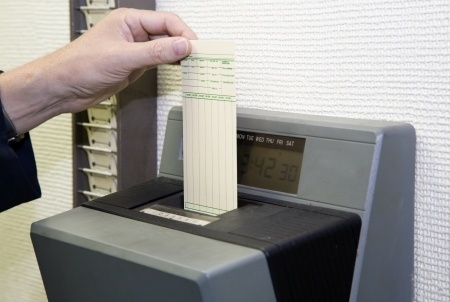 Despite rapid advances in the technology available for employee time tracking, many companies still rely on manual systems. For some businesses, the reluctance to upgrade to a digital time tracking system is due to the cost of installing the system, whereas others worry about the learning curve associated with the new software.
Despite rapid advances in the technology available for employee time tracking, many companies still rely on manual systems. For some businesses, the reluctance to upgrade to a digital time tracking system is due to the cost of installing the system, whereas others worry about the learning curve associated with the new software.
However, sticking with a manual employee time tracking system is not a risk-free option. With few features for preventing and resolving errors, manual systems are often not as reliable as modern employee time tracking software. Ask yourself these questions to find out whether you should trust a manual employee time tracking system.
Can You Trust Your Employees?
All employers like to think their workers are honest and reliable, but data doesn’t support this level of trust. In a survey of retail and service industry workers, more than 30 percent of the 500 survey respondents admitted entering dishonest information into company time tracking systems. This could involve lying about the time they arrived at the office, or clocking in a colleague who hasn’t yet arrived. Although most of the lies are small, they can add up to a large increase in costs for the company.
Manual employee time tracking systems often don’t offer much protection against employees choosing to act dishonestly. However, some modern employee time tracking solutions have features that prevent employees from clocking in their coworkers or altering their time of arrival. These features could improve attendance and productivity in your organization.
How Do You Protect Against Transcribing Errors?
Some mistakes that occur in employee time tracking systems are genuine errors. For example, if you use a manual system that requires payroll staff to manually copy information from one place to another, there is an opportunity for errors to creep in. These errors can cost the company money and spread mistrust among employees who don’t receive the correct payment for the hours they have worked. On the other hand, automated systems reduce the amount of information that needs to be handled manually, reducing the potential for errors.
When Errors Occur, Are They Easy to Resolve?
When an employee raises a dispute about the hours they have worked, how easy is it to resolve the situation? If you use a manual employee time tracking system, you may need to go through physical records to find the error, which takes valuable time. Eliminate this inefficiency by choosing an employee time tracking system that stores records of employee attendance in a format that is easy to refer to.
